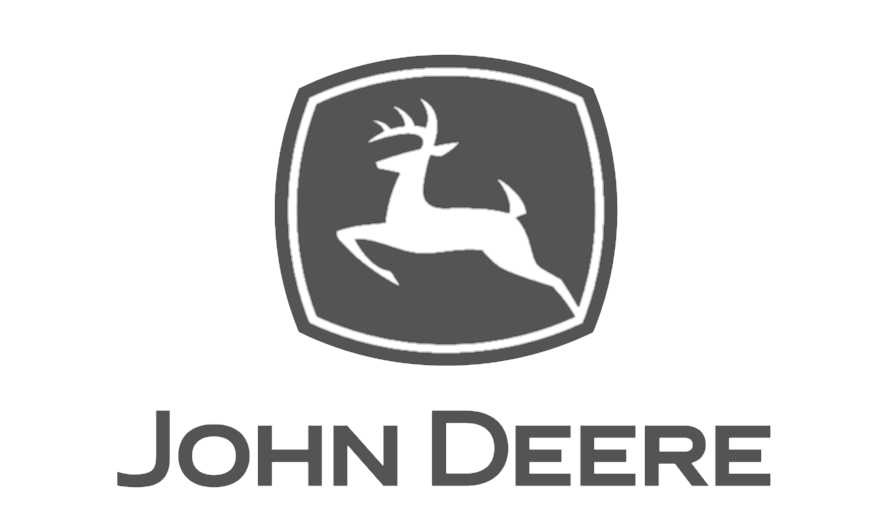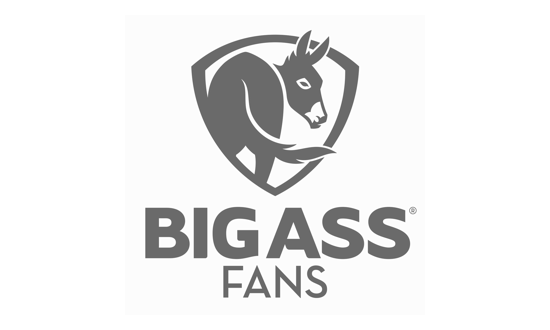Why Geld?
By Dr. Rick Arthur
Several years ago a reporter asked the trainer of one of California’s millionaire geldings if he regretted castrating the horse. His answer was, “No. If I hadn’t gelded him he never would have amounted to anything. Look at my son, if I would have gelded him he may have amounted to something.” A harsh joke, but true
Why geld a horse? Because some colts simply have other things on their minds and will not pay attention to business. The problem? Hormones and attitude.
Gelding: the Ultimate Attitude Adjustment
While some colts are kind horses, there are as many or more that are down right mean and nasty. They fight their groom, their exercise rider, and anyone else for that matter. Some scream and snort at fillies and try to mount the pony. A few will even sulk when they run and refuse to put out an honest effort. As a group, colts tend to be contrary, making them more difficult to train. They are also hard on themselves and everyone around them, increasing the chance of injuries to themselves and their handlers.
When to Geld, Procedures, & Costs
It’s time to geld a colt when his attitude interferes with his training or racing. For some horses this can be as early as breaking, for others it may never be a problem. While the professionals caring for your horse are in the best position to evaluate the situation and offer their advice, the final decision rests with you. It’s usually best to geld a racehorse sometime in its two-year-old year. If gelded too early, a horse can remain immature or effeminate in appearance; if gelded too late he may be too set in his ways to change his outlook on life. The surgical procedure for castration is quick, easy, and relatively inexpensive. The scrotum is incised, the testicles are exposed, and the spermatic cords crushed with a special surgical instrument called, appropriately enough, an emasculator. The wound is left open to drain and the horse is usually back on the track within a day or two. Most horses at the track are gelded standing in their stall under local anesthesia. Away from the racetrack the majority of horses are gelded under general anesthesia. General anesthesia is safer, cleaner (particularly if done in a hospital), and offers better exposure of the surgical site. Post-operative swelling at the surgery site is fairly common, but is generally easy to treat. Thankfully, serious complications such as intestinal herniation or anesthetic death are very rare. An equine hospital is often advisable for older horses when the spermatic artery may need to be ligated, or tied off. Castrating a ridgeling, a colt whose testicle has not descended into the scrotum, calls for a surgery called a cryptorchidectomy that is always performed under general anesthesia. The cost of a standing castration is between $150 to $300. A cryptorchidectomy can cost as little as $650 if uncomplicated or as much as $1600 if done laproscopically. Antibiotics and other aftercare are extra and vary considerably from case to case. Surgical aftercare is relatively intense at the track because lost training time is so expensive. If an owner intends to run a horse back within a month of its surgery, the aftercare costs can run nearly as much as the surgery itself. This is because procaine penicillin cannot be used due to its lengthy withdrawal time from a horse’s system (about 30 days). The antibiotics used in place of penicillin are more expensive and less effective, but are cleared from the horse’s system faster, allowing it to race sooner.
How Much Training Time is Lost?
Typically, only a few days are lost in the horse’s training schedule, as exercise is an important part of the post-surgical aftercare. Some horses will be able to race within a few weeks after surgery, but more realistically one should expect to wait about four weeks before racing. Before the CHRB withdrawal time for procaine penicillin became so long (it’s now advisable to wait about 30 days when using procaine penicillin before racing, lest your horse test “positive” for a prohibited substance in a post-race test), I had a horse run 8 days after surgery. The renowned veterinary surgeon Dr. Jack Robbins, who introduced the standing castration procedure to the West Coast in the 50’s, had one win at 11 days after being gelded.
Better to Own a Profitable Racehorse than a Potential Stallion
Obviously there are some significant long term financial ramifications to gelding your horse, particularly if you own an exceptionally well-bred colt. However, non-breeding stallions have few places to go once they leave the racetrack. Geldings stay sounder, race longer, are easier to train, and nicer to be around. They are also much more likely to find a home when they have finished their racing careers. So unless your horse will make a stallion, and realistically few will, he will eventually need to be gelded.
The choice comes down to whether to own a potential stallion, or a potentially profitable horse focused on the finish line.
Dr. Rick Arthur has been a practicing equine veterinarian on Southern California’s racetracks for 25 years. He is a Past-President of the American Association of Equine Practitioners.






